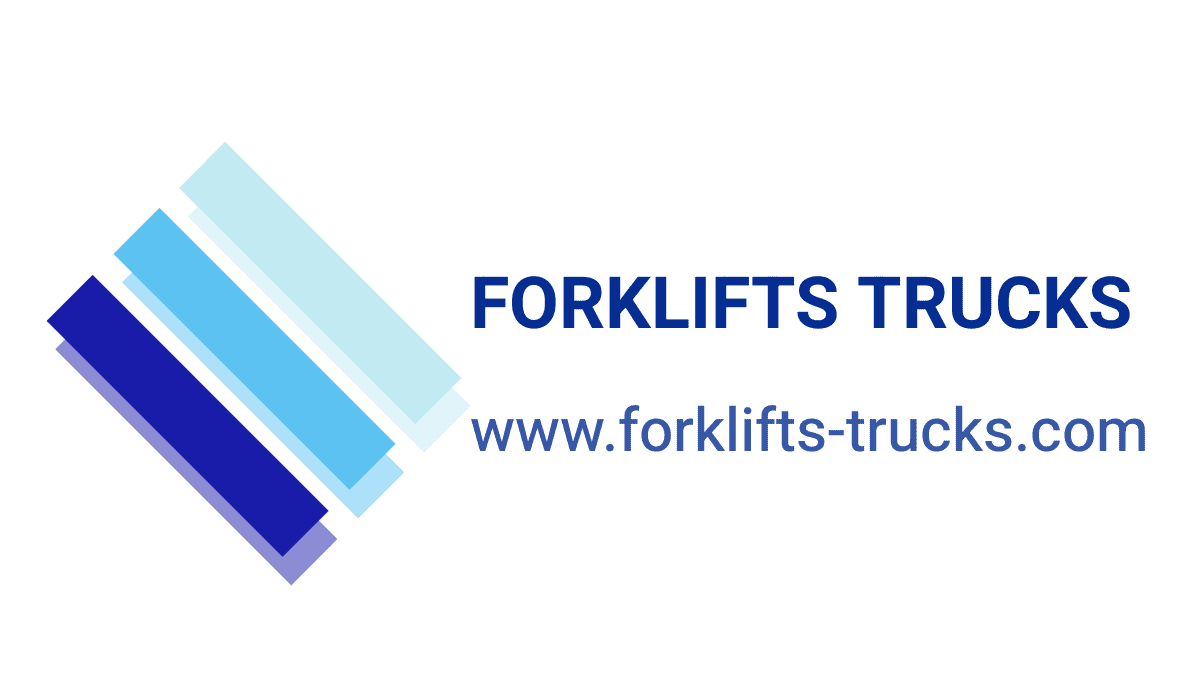What is Forklifts Sale and how Does It Work?
페이지 정보

본문
When using forklift aerial platforms, safety training is crucial to ensure the well-being of operators and personnel. Here are the key safety training requirements:
### 1. **Forklift Operation Training**
- **Certification**: Operators must be certified to operate forklifts, which involves understanding the specific controls, functions, and safety features of the equipment.
- **Hands-On Training**: Practical training on the operation of the forklift, including maneuvering, lifting, and lowering loads.
### 2. **Aerial Platform Safety Training**
- **Platform Familiarization**: Operators should receive training specific to the aerial platform attachment, including its weight limits, safety features, and proper usage.
- **Inspection Procedures**: Training on how to inspect the platform before use, checking for any damage or wear that could compromise safety.
### 3. **Hazard Awareness**
- **Identifying Risks**: Operators should be trained to identify potential hazards associated with working at heights, including fall risks, electrical hazards, and weather conditions.
- **Site Assessment**: Understanding how to assess the work environment for stability and safety before using the aerial platform.
### 4. **Safe Work Practices**
- **Proper Use of PPE**: Training on the importance of personal protective equipment (PPE), such as hard hats, safety harnesses, and non-slip footwear.
- **Correct Loading Techniques**: Instruction on how to safely load and unload materials while on the platform, ensuring that weight limits are not exceeded.
 ### 5. **Emergency Procedures**
### 5. **Emergency Procedures**
- **Emergency Response Training**: Knowing what to do in case of an emergency, including falls, equipment failure, or other incidents. This may include training on how to use safety devices like harnesses.
- **First Aid Awareness**: Basic first aid training to handle injuries that may occur during operations.
### 6. **Communication Skills**
- **Effective Communication**: Training on how to communicate with ground personnel and other operators, especially when working in teams or congested areas.
- **Use of Signals**: Understanding standard hand signals or communication protocols for coordinating movements safely.
### 7. **Refresher Courses**
- **Ongoing Training**: Regular refresher courses to keep operators updated on safety practices, new regulations, and equipment improvements.
### Conclusion
Proper training is essential for the safe operation of forklift aerial platforms. By covering these key safety training requirements, organizations can help ensure that operators are well-prepared to handle the equipment safely and effectively, minimizing the risk of accidents and injuries.
 Forklift | China Manufacturer Trade Price on Materials Handling lift Truck, Stackers, Industrial vehicles, Scrubbers, Transporters brands Sale Price Buy Online | Forklift
Forklift | China Manufacturer Trade Price on Materials Handling lift Truck, Stackers, Industrial vehicles, Scrubbers, Transporters brands Sale Price Buy Online | Forklift
### 1. **Forklift Operation Training**
- **Certification**: Operators must be certified to operate forklifts, which involves understanding the specific controls, functions, and safety features of the equipment.
- **Hands-On Training**: Practical training on the operation of the forklift, including maneuvering, lifting, and lowering loads.
### 2. **Aerial Platform Safety Training**
- **Platform Familiarization**: Operators should receive training specific to the aerial platform attachment, including its weight limits, safety features, and proper usage.
- **Inspection Procedures**: Training on how to inspect the platform before use, checking for any damage or wear that could compromise safety.
### 3. **Hazard Awareness**
- **Identifying Risks**: Operators should be trained to identify potential hazards associated with working at heights, including fall risks, electrical hazards, and weather conditions.
- **Site Assessment**: Understanding how to assess the work environment for stability and safety before using the aerial platform.
### 4. **Safe Work Practices**
- **Proper Use of PPE**: Training on the importance of personal protective equipment (PPE), such as hard hats, safety harnesses, and non-slip footwear.
- **Correct Loading Techniques**: Instruction on how to safely load and unload materials while on the platform, ensuring that weight limits are not exceeded.
 ### 5. **Emergency Procedures**
### 5. **Emergency Procedures**- **Emergency Response Training**: Knowing what to do in case of an emergency, including falls, equipment failure, or other incidents. This may include training on how to use safety devices like harnesses.
- **First Aid Awareness**: Basic first aid training to handle injuries that may occur during operations.
### 6. **Communication Skills**
- **Effective Communication**: Training on how to communicate with ground personnel and other operators, especially when working in teams or congested areas.
- **Use of Signals**: Understanding standard hand signals or communication protocols for coordinating movements safely.
### 7. **Refresher Courses**
- **Ongoing Training**: Regular refresher courses to keep operators updated on safety practices, new regulations, and equipment improvements.
### Conclusion
Proper training is essential for the safe operation of forklift aerial platforms. By covering these key safety training requirements, organizations can help ensure that operators are well-prepared to handle the equipment safely and effectively, minimizing the risk of accidents and injuries.
 Forklift | China Manufacturer Trade Price on Materials Handling lift Truck, Stackers, Industrial vehicles, Scrubbers, Transporters brands Sale Price Buy Online | Forklift
Forklift | China Manufacturer Trade Price on Materials Handling lift Truck, Stackers, Industrial vehicles, Scrubbers, Transporters brands Sale Price Buy Online | Forklift- 이전글Загрузите приложение PokerStars для Android прямо сейчас или установите его через Play Store. Найдите и установите PokerStars Poker. В зависимости от типа подкл 24.11.11
- 다음글работа дома сборка упаковка спб фрилансер с нуля самостоятельно 24.11.11
댓글목록
등록된 댓글이 없습니다.